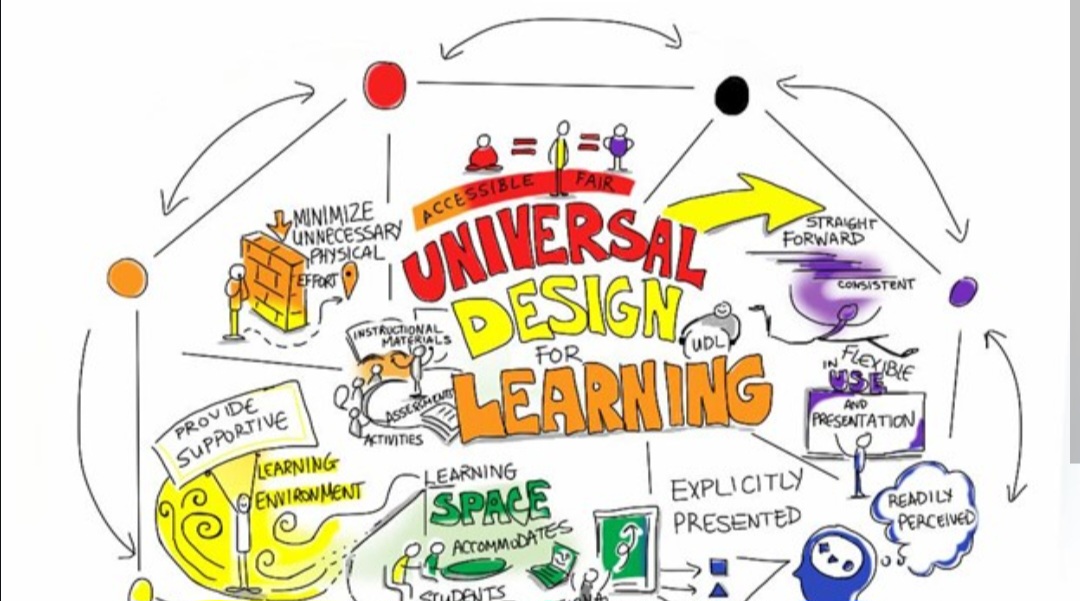Author:
Making Education Work for Everyone
Every student has a different learning style and learns at a different pace. Traditional teaching methods follow only a single approach, even though students struggle to understand even basic concepts. A universal approach to learning provides a framework to create more inclusive classrooms by offering multiple ways to engage with, respect, and express learning. My experience struggling with mathematics highlights the importance of Universal Design for Learning (UDL). If my teacher had used multiple methods to teach, I could have understood the topics more easily.
When I was in 10th grade, I found it very difficult to learn differentiation in mathematics. No matter how hard I tried, I just could not grasp the concept through the teacher’s traditional lecture methods and textbook approach. For the first internal exam in mathematics, my scores were very low. This was because I was unable to identify a proper solution that aligned with my study needs. Textbook methods focus only on formulas and step-by-step procedures, which alone did not suit my learning style. I was not able to understand the topic effectively, even though I completed all the examples shown in the textbook. I needed something more visual, with real-life examples and detailed explanations to reach the solution. For example, if I had been allowed to demonstrate my understanding through discussions or visuals instead of just solving equations, I might have felt more confident with the lessons.
As a future educator, I want to create a classroom where no student feels discouraged in their studies. I plan to use visual aids, storytelling, and other interactive activities to explain complex topics. For instance, I could relate differentiation to business trends to make it more interesting and engaging. UDL can be implemented by using technology, encouraging peer learning, and planning flexible lessons. One of the UDL strategies I plan to use is scaffolding instruction, where I break down difficult concepts into smaller steps and provide support along the way. My own struggles have taught me that everyone has their own learning style and can enjoy learning. Every student deserves a learning experience that meets their needs and helps them succeed in life.
Reference
CAST. (2018). Universal design for learning guidelines version 2.2. Retrieved from
http://udlguidelines.cast.org
